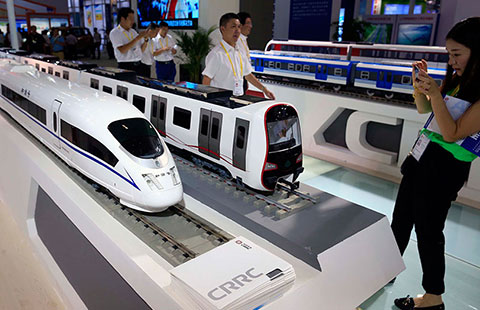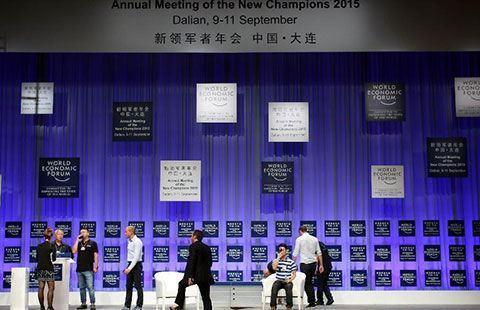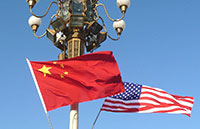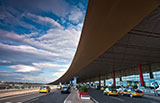Stronger results for Ping'an Bank, but bad loans persist
By Zhou Mo in Shenzhen (China Daily) Updated: 2015-08-15 09:39Ping'an Bank has reported an overall improvement in its performance in the first half of this year, but also admitted it is facing greater pressure from bad loans.
The Shenzhen-based subsidiary of Ping An Insurance Company of China Ltd recorded a net profit of 11.59 billion yuan ($1.81 billion) in the first six months, a 15.02 percent increase on the same period last year.
Its net non-interest income reached 15.457 billion yuan, accounting for a record high of 33.19 percent of its total revenue.
While its investment-banking business income surged 154 percent annually to 3.695 billion yuan, custody fees grew even stronger, soaring 157 percent to 1.519 billion yuan.
Non-performing loans, or NPLs, however, continued to rise fast.
By June 30 they had swelled to 15.729 billion yuan from 10.501 billion yuan at the end of last year, a nearly 50 percent surge. Its NPL ratio rose 0.3 basis points from 1.02 percent to 1.32 percent over the same period.
Zhao Jichen, the bank's vice-president, said that its NPL exposure had also shifted both by region and by industry.
"In the past, steel trading enterprises in Shanghai and low-end processing and manufacturing industries in the Yangtze River Delta region were the most likely to develop bad loans, taking up more than 40 percent of the total," said Zhao.
"But with the economic slowdown in the past two years, NPLs have also increased in Fujian province and the Pearl River Delta region.
"And as commodity prices continue to drop, risks of bad loans have also expanded to the coal and oil sectors," he said on Friday.
The bank's cost-to-income ratio decreased 5.37 basis points year-on-year to 32.22 percent in the first quarter of 2015.
Shao Ping, the bank's president, stressed that it will strengthen its risk management processes and push for further investment in innovation to achieve better performance, and strengthen its defence against bad loans.
According to the latest statistics from China Banking Regulatory Commission, there was 249.3 billion yuan in outstanding NPLs in the first six months of 2015, just shy of the 250.5 billion yuan recorded for the whole of last year. The NPL ratio by the end of June was 1.5 percent.
"Ping'an Bank's situation," insisted Zhao, "is better than the whole banking industry."
But banking analysts remain concerned about rising levels of bad loans, and expect the NPL ratio to rise further.
"The Chinese economy is slowing and the country is undergoing structural adjustment with traditional industries like steel and coal facing greater pressure. Demand for other commodities, too, are falling significantly," said Yu Lingqu, a researcher from the Finance and Modern Industry Research Center at China Development Institute, a Shenzhen-based think tank.
"These industries, however, are the main loan borrowers, and the current situation dictates that bad loans of banks will continue to increase."
- 2015 China International Fair for Investment and Trade kicks off in Xiamen
- China's commodity imports robust in Jan-Aug period
- China stocks rebound 2.92%
- 2015 China box office already past 2014 total
- China foreign trade decline widens in August
- Interview: JP Morgan's senior executive bullish on China
- Innovation, development the focus for NZ mayors
- Lives of freelancers

















